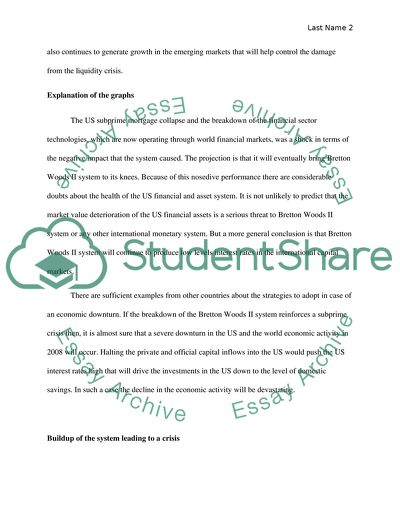Cite this document
(Will Subprime be a Twin Crisis for the United States Book Report/Review, n.d.)
Will Subprime be a Twin Crisis for the United States Book Report/Review. Retrieved from https://studentshare.org/macro-microeconomics/1849338-review
Will Subprime be a Twin Crisis for the United States Book Report/Review. Retrieved from https://studentshare.org/macro-microeconomics/1849338-review
(Will Subprime Be a Twin Crisis for the United States Book Report/Review)
Will Subprime Be a Twin Crisis for the United States Book Report/Review. https://studentshare.org/macro-microeconomics/1849338-review.
Will Subprime Be a Twin Crisis for the United States Book Report/Review. https://studentshare.org/macro-microeconomics/1849338-review.
“Will Subprime Be a Twin Crisis for the United States Book Report/Review”, n.d. https://studentshare.org/macro-microeconomics/1849338-review.


